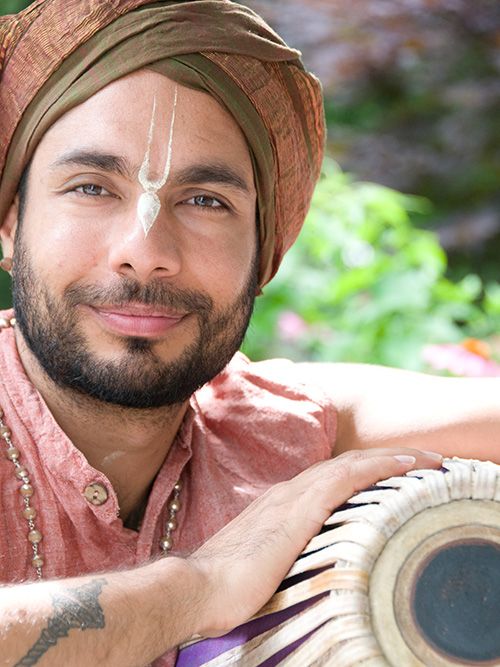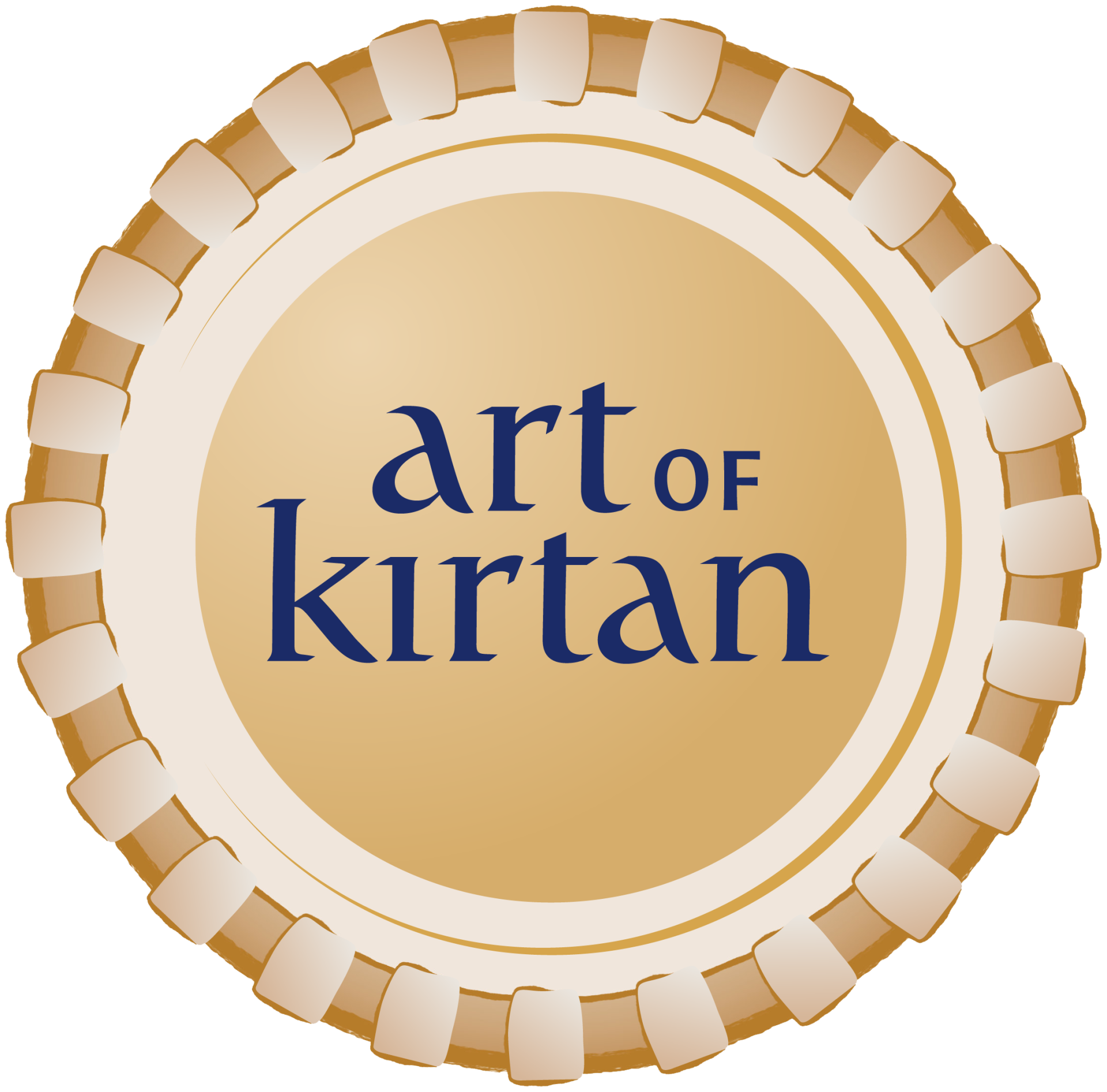The Language of Music
The course is divided into three main parts: rhythm, melody, and harmony. These are the basic elements of music. Gaining this fundamental understanding makes it much easier to learn both singing and musical instruments.
-
Instructors: Bada Haridas & Visvambhar Sheth
-
Level: All levels
-
Videos: 29 (4h 30m)
-
Price: $100 USD
Course Overview
Rhythm
Melody
Understanding these two systems, and how they complement one another, is very helpful when playing instruments. The North Indian system gives us an easy way to understand and identify the notes we are hearing, and the Western system gives us an easy way to apply it to the harmonium or any instrument.
You’ll learn how to use the North Indian system as a tool to play by ear, transpose melodies, and more. This information will also give you a solid foundation for understanding raga.
Harmony
It’s exciting to have the language of music open up the world of rhythm, melody, and harmony to you, and it will assist you on your journey with kirtan.
Course Preview
Testimonials
"Hari Bol! So happy this is happening! Deep love and reverence to all involved in this initiative. I’m almost through the Language of Music course and that has been extremely helpful. The mridanga course is thorough and challenging. It’s awesome! My wife is taking the harmonium course. Best kirtan training I have come across. Congratulations to you and the team!”
NARADA, YOGAVILLE TEACHER, VIRGINIA, USA
“So happy this school is happening – we’re taking every course!”
Art of Kirtan student
"Many thanks for this work “art of kirtan!" I really enjoy the harmonium lessons and they deepen my previous kirtan experiences. The Kartal course is also very helpful! Thank you all for this commitment and the high quality."
BEA, SWITZERLAND

Bada Haridas
In this unique course, he shares his knowledge and years of experience to help you enter into the world of sacred music and Kirtan.



